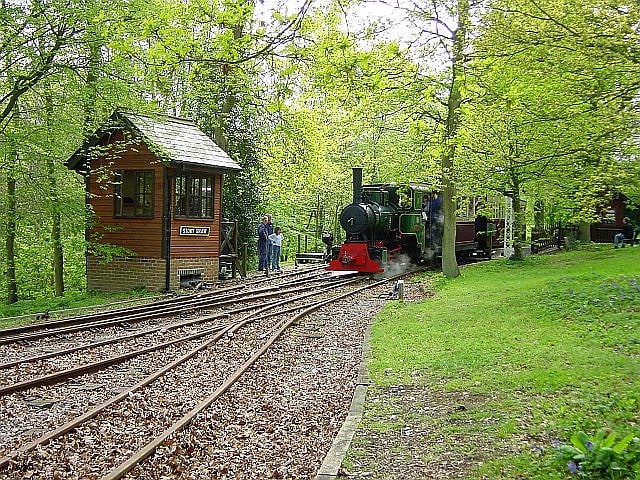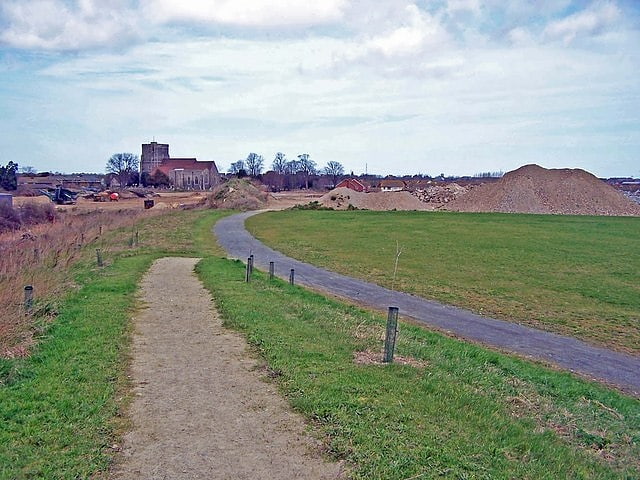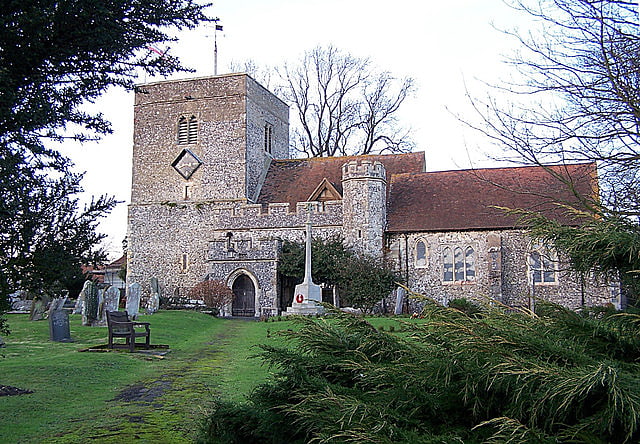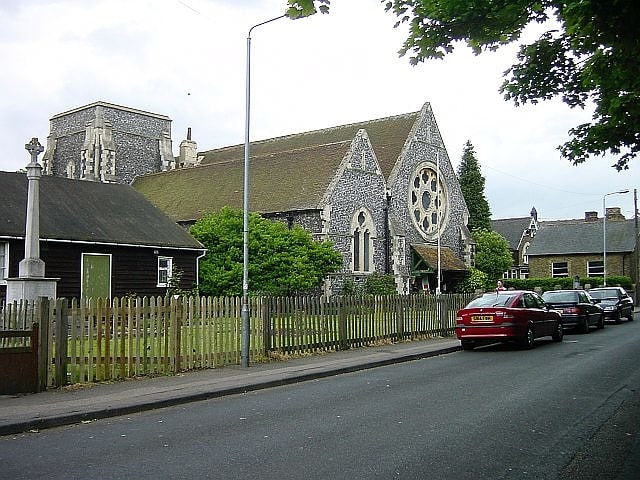Discover 6 hidden attractions, cool sights, and unusual things to do in Sittingbourne (United Kingdom). Don't miss out on these must-see attractions: Bredgar and Wormshill Light Railway, Milton Creek Country Park, and Borden. Also, be sure to include Sittingbourne Heritage Museum in your itinerary.
Below, you can find the list of the most amazing places you should visit in Sittingbourne (England).
Table of Contents
Bredgar and Wormshill Light Railway

Tourist attraction in Swanton Street, England. The Bredgar & Wormshill Light Railway is located near the villages of Wormshill and Bredgar in Kent, just south of Sittingbourne. It is a 2 ft narrow gauge railway about one-half mile in length.
The BWLR is a private line which has been built up as a hobby by a group of friends since the early 1970s. It is a fully operational line, operated to a high standard, with a station, engine sheds and workshops at Warren Wood station and a smaller station at the other end of the line, known as Stony Shaw.
The line is open to the public on the first Sunday of each month throughout the summer to raise money for various charities. On open days a number of other attractions are on display including a model railway, a Showman's road locomotive, a traction engine and a steam roller.
In June 2011 the railway appeared briefly in a segment filmed for the BBC's Saturday Kitchen programme which aired on 18 June 2011.[1]
Address: The Warren Swanton Street, ME9 8AT Sittingbourne
Milton Creek Country Park

Park in Sittingbourne, England. Milton Creek Country Park is situated in 128 acres between Milton Regis and Kemsley, on the west bank of Milton Creek in Sittingbourne, Kent, England. This site was once called Church Marshes Country Park.[2]
Borden

Village in England. Borden is a village and electoral ward situated immediately south west of Sittingbourne, Kent, from which it is separated by a small area of rural land.
The history of the name could be questioned. It may be derived from bor (hill) and then either from denu (valley) or denn (woodland pasture). It may also derive from "boar" "den", as it was known that the wild animals were found in the surrounding areas. Borden was first recorded in the twelfth century as Bordena. However it is more likely to stem from Sir Francis de Bourdon,(variations today also include Borden/Burden/Bourdon) who descended from the de Bourdons of Bayeux, in Normandy, France. Francis de Bourdon became Lord of the existing castle and surrounding lands, granted to him by William the Conqueror, as a gift to his vassal after the great Norman victory in 1066, and at which time became known as Bourdon. The lands were previously lorded over by the Saxon Ethelwolf of Kent, who perished at the Battle of Hastings (1066), Over the next few generations the name had become more English to reflect the Saxon population and became known as Borden.
The church and churchyard, which still stands today, were commissioned around the year 1210 by the Lady Robergia de Bourdon, (the daughter of Elfrida of Kent who was granddaughter of the defeated Saxon Ethelwolf and of Sir Simon de Bourdon of Bourdon and grandson of the conquering Sir Francis de Bourdon, and the wife of Sir Francis de Bourdon), and contain the remains of the family's earliest-known members.
The playstool is the delightfully idyllic name given to the village recreation ground and is the home ground of Borden Village FC. The club play in the Kent County Football League and are known as 'The Villagers'.
The village centre is clustered around the Grade I listed church, which is dedicated to Saints Peter and Paul and is at least eight hundred years old. The Church of England primary school and the local inn (The Maypole) are also in the centre. The Church of England primary school received an Ofsted overall effectiveness report of outstanding, after improving its reputation and teaching standards substantially over the last ten years.
Within the parish are several hamlets, including Heart's Delight, Chestnut Street and Oad Street. Farming in the area is the main industry, although this has been in decline for many years due to the "scrubbing" of most of the cherry and other fruit orchards. Borden also had a bell foundry and small ironmongers.
Today Borden is growing with new houses and has greater ties with Sittingbourne. Many residents now commute to major towns or London to work.[3]
Sittingbourne Heritage Museum

History museum, Museum
Address: 66 East St, ME10 4RT Sittingbourne
Church of All Saints

Parish church in Sittingbourne, England. The Church of All Saints, Murston, Sittingbourne, is an Anglican parish church in the county of Kent, England. It is notable due to its architect, William Burges, and was constructed in 1873–4. The church was built in "an early Gothic Style" and incorporates fragments of the original 12th-century church. The estimate was £3,000 but the public subscription raised only £2,000. As a consequence, the intended tower was truncated. It is a Grade II listed building as of 13 December 1974.[4]
Kemsley Paper Mill

Kemsley Paper Mill is a paper mill located in the village of Kemsley near Sittingbourne in the English county of Kent.[5]